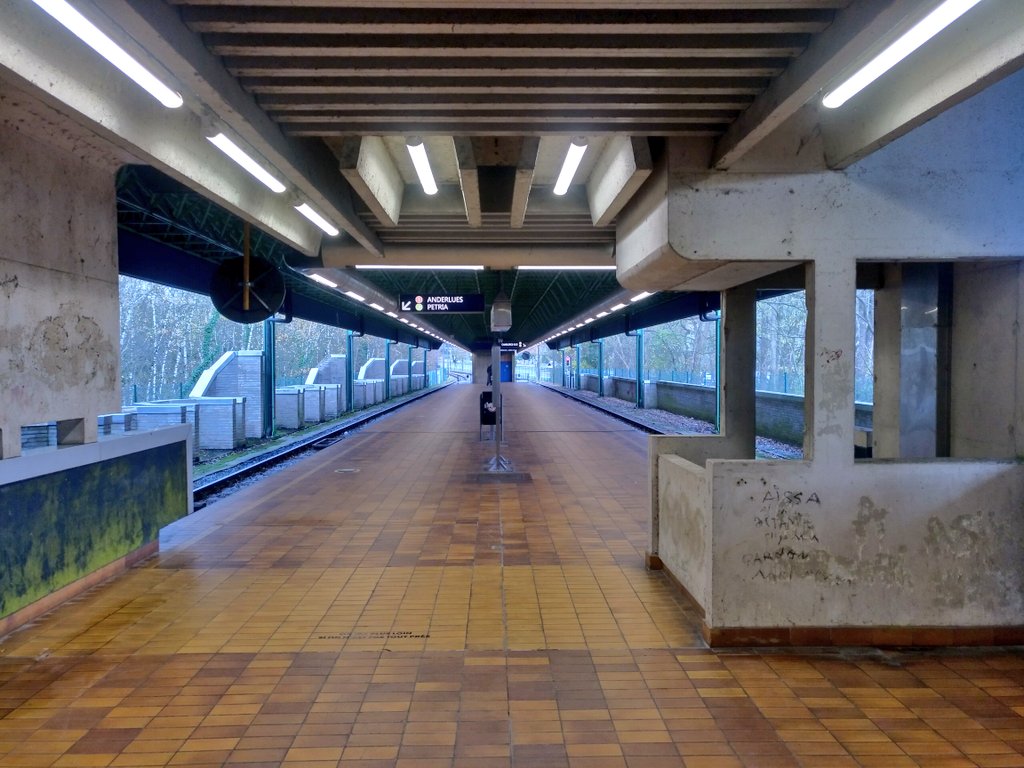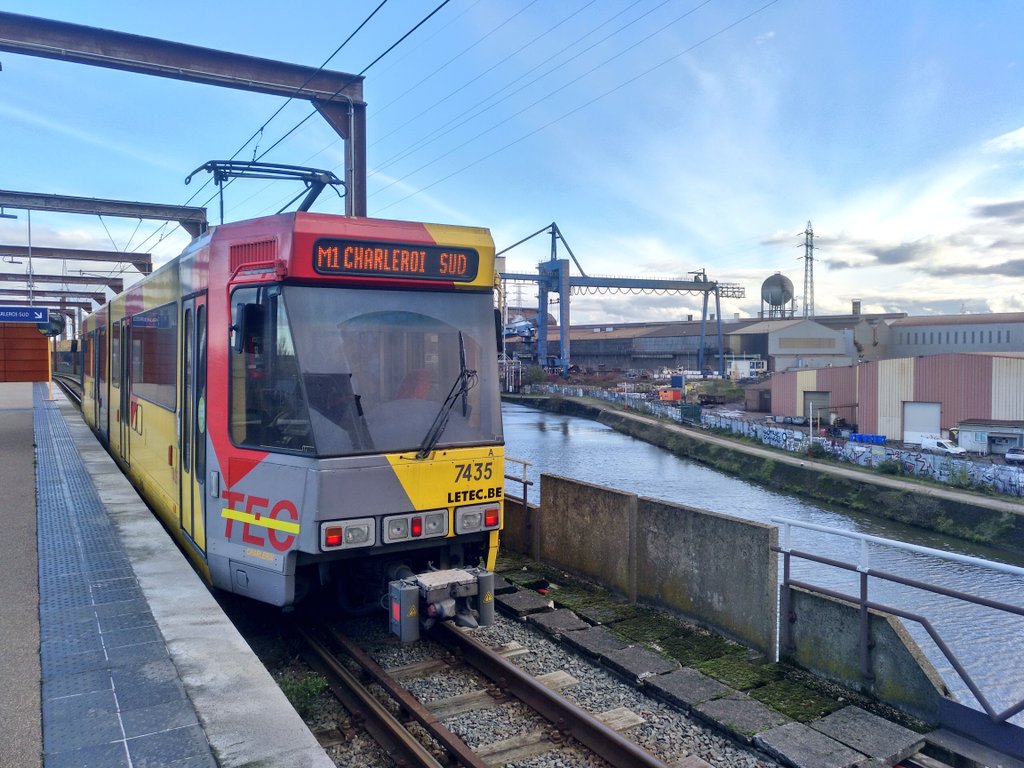Time to continue the #Porturail 🇵🇹 thread!
We managed to cross the Iberian peninsula by train, and enjoyed the beautiful city of Lisbon with its retro trams.
Now time to discover the student capital of Portugal, Coimbra!
We managed to cross the Iberian peninsula by train, and enjoyed the beautiful city of Lisbon with its retro trams.
Now time to discover the student capital of Portugal, Coimbra!

[This thread is a continuation of this trip]
https://twitter.com/fuenareva/status/1421402661669285892?s=19
We start the day visiting the lower part of the old town.
Just love the colourful buildings and the mix of styles.



Just love the colourful buildings and the mix of styles.

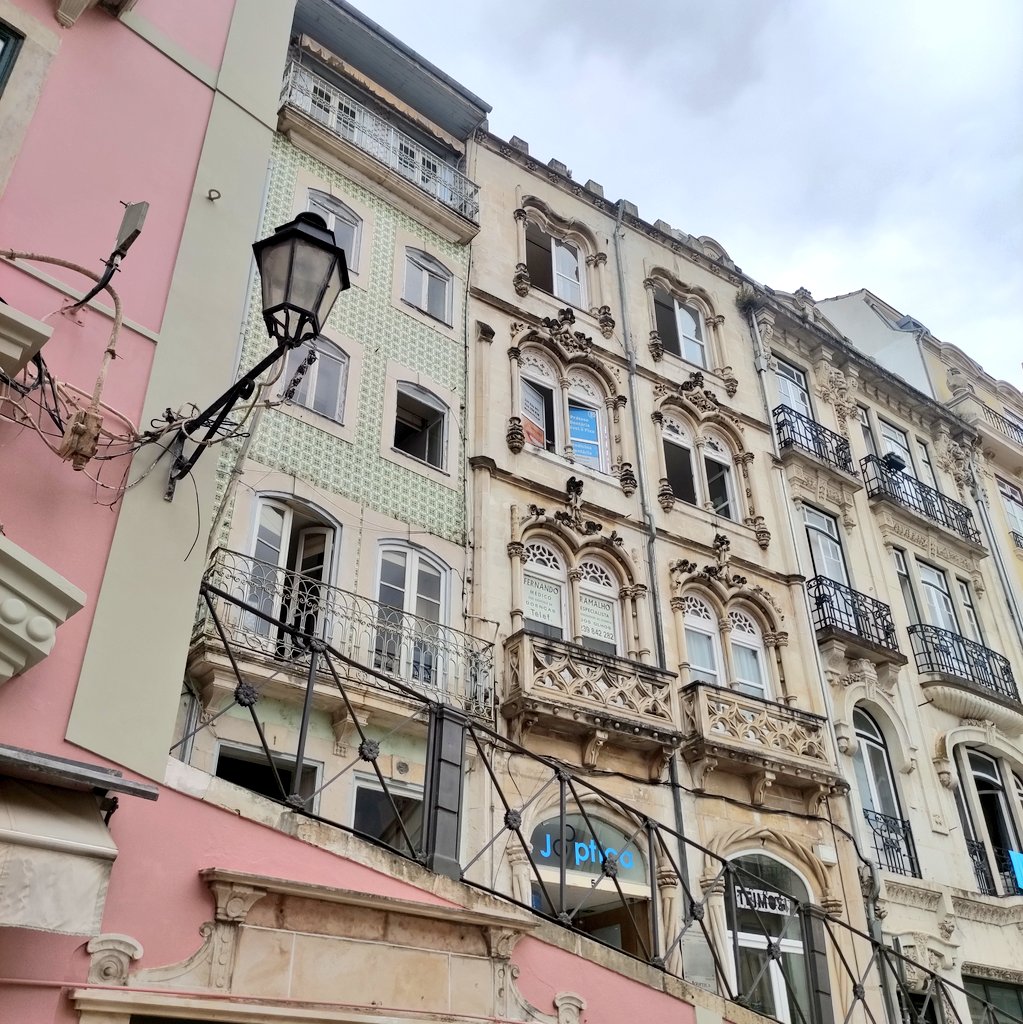


The Elevador do Mercado brings us to the top of the hill, where most university buildings are located. 



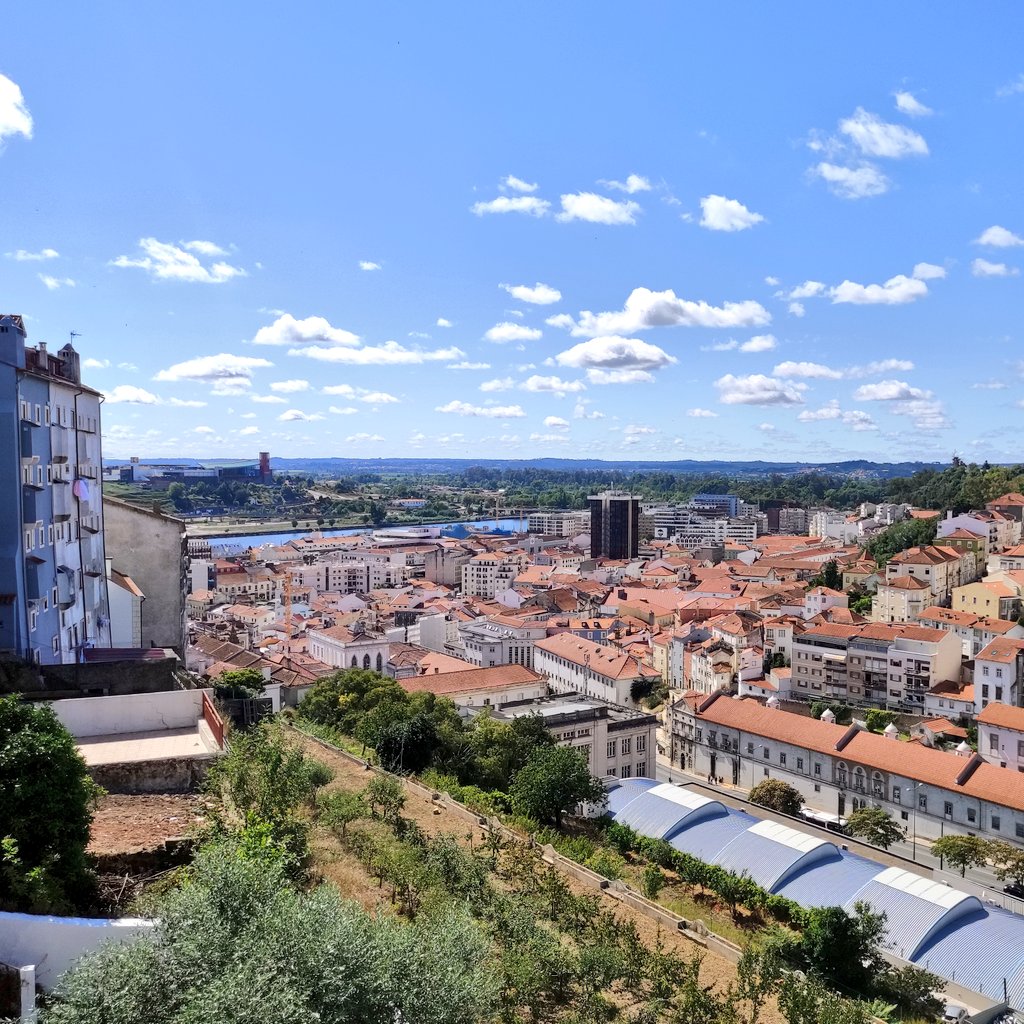

Real República Corsários das Ilhas
One of the many "Republics" of Coimbra, the student associations that provide an alternative common accommodation for university students. This one was founded in the 60s and it's safe to say that they are proud of their historic student fights

One of the many "Republics" of Coimbra, the student associations that provide an alternative common accommodation for university students. This one was founded in the 60s and it's safe to say that they are proud of their historic student fights


The most famous area of the university is the historic Paço das Escolas.
Next to it, there's the historic library, which apparently is just stunning. However we had no time 😢
It's all part of a UNESCO world heritage site.



Next to it, there's the historic library, which apparently is just stunning. However we had no time 😢
It's all part of a UNESCO world heritage site.




Maths Faculty of Coimbra University.
After a 5 minute walk, the architectural change is rather surprising. From enlightenment-era baroque librarys and chapels, to mid-century authoritarian rationalism.


After a 5 minute walk, the architectural change is rather surprising. From enlightenment-era baroque librarys and chapels, to mid-century authoritarian rationalism.

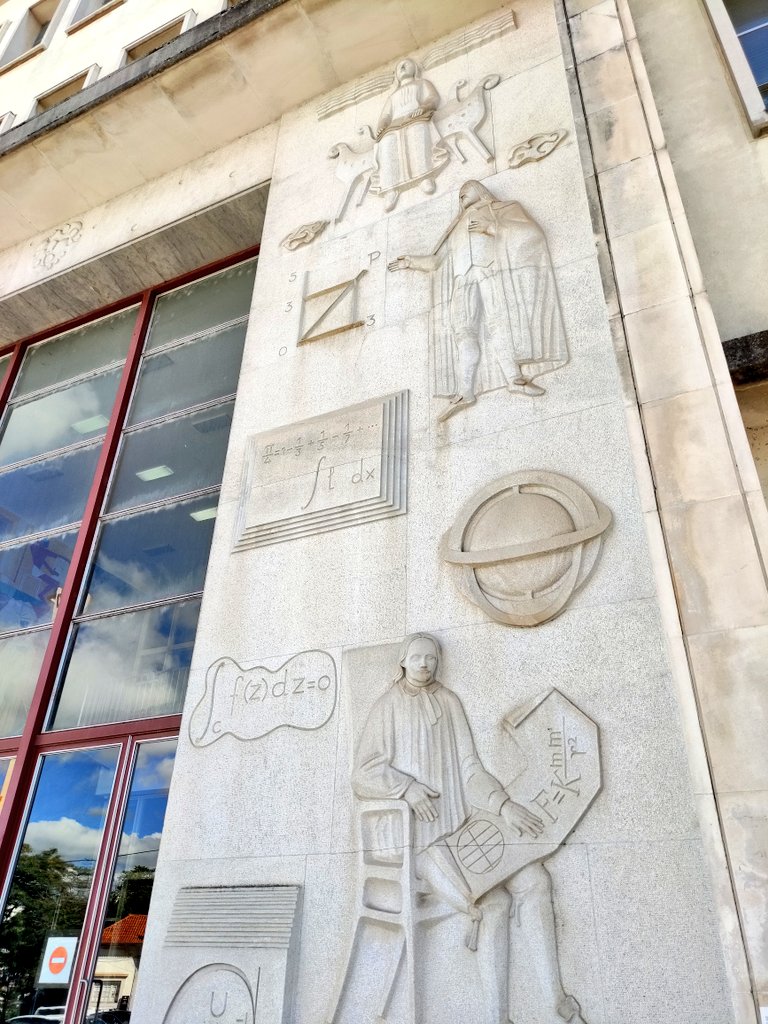
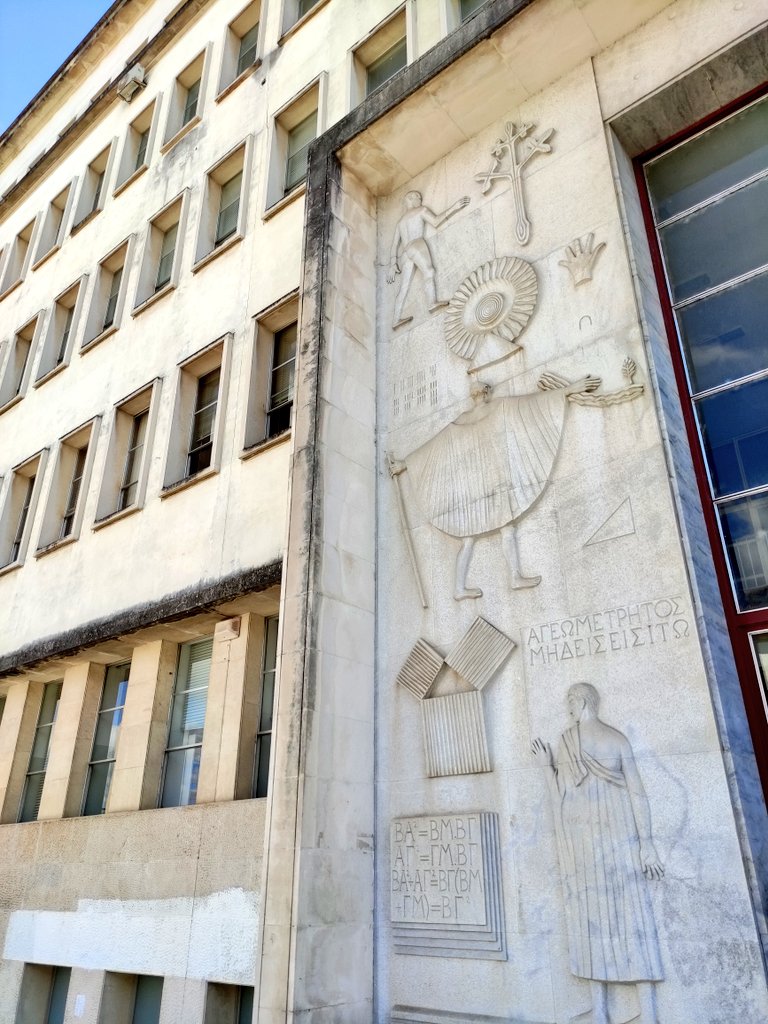
All the faculties located on the upper part of town follow this similar architectural style.
If only there were some mosaics... we could even be in Bratislava or Beograd. The fact that a trolleybus 🚎 serves this area of Coimbra, pretty much adds to the "eastern feel".


If only there were some mosaics... we could even be in Bratislava or Beograd. The fact that a trolleybus 🚎 serves this area of Coimbra, pretty much adds to the "eastern feel".

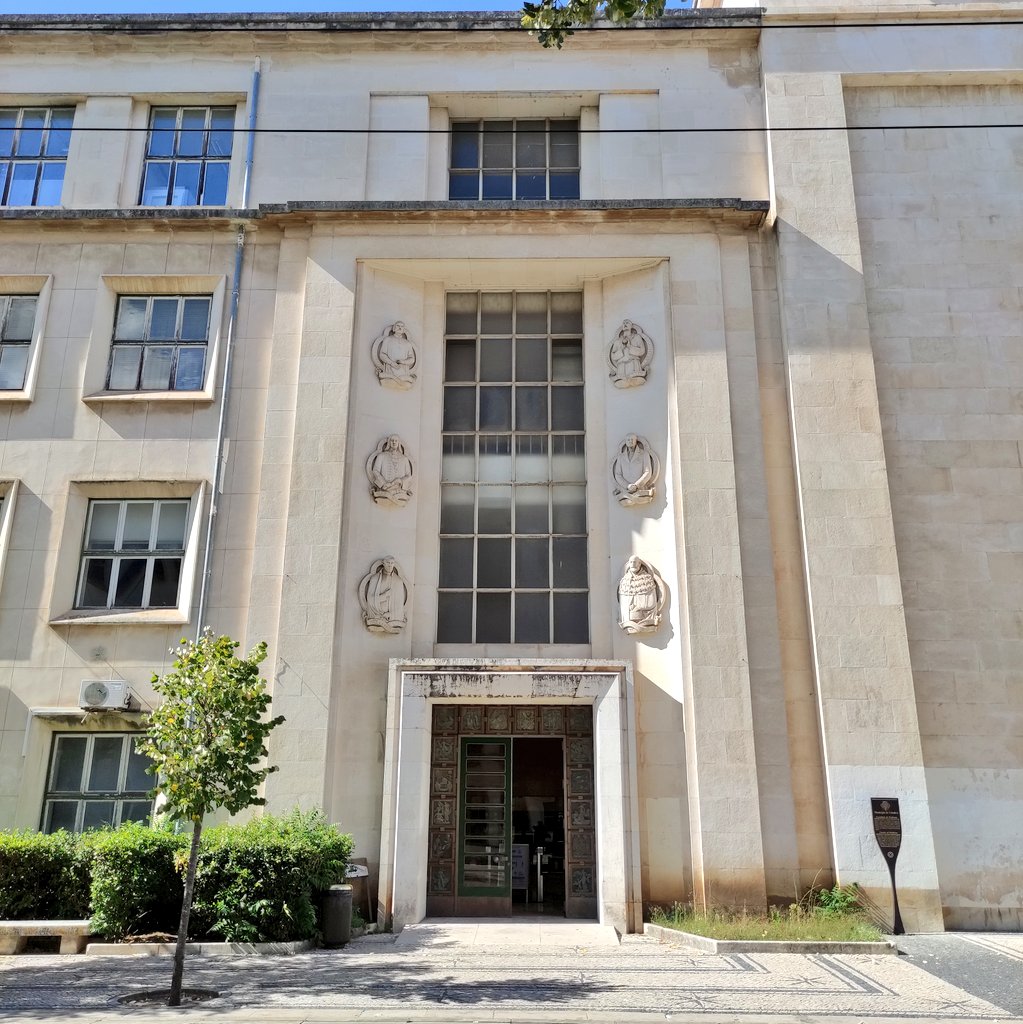

Walking down through the narrow streets of the old town, we reach once again the lower part of town.
Even if less well known than Lisbon and Porto, Coimbra well deserves a visit. Walking up, down and around the old town is just wonderful.



Even if less well known than Lisbon and Porto, Coimbra well deserves a visit. Walking up, down and around the old town is just wonderful.

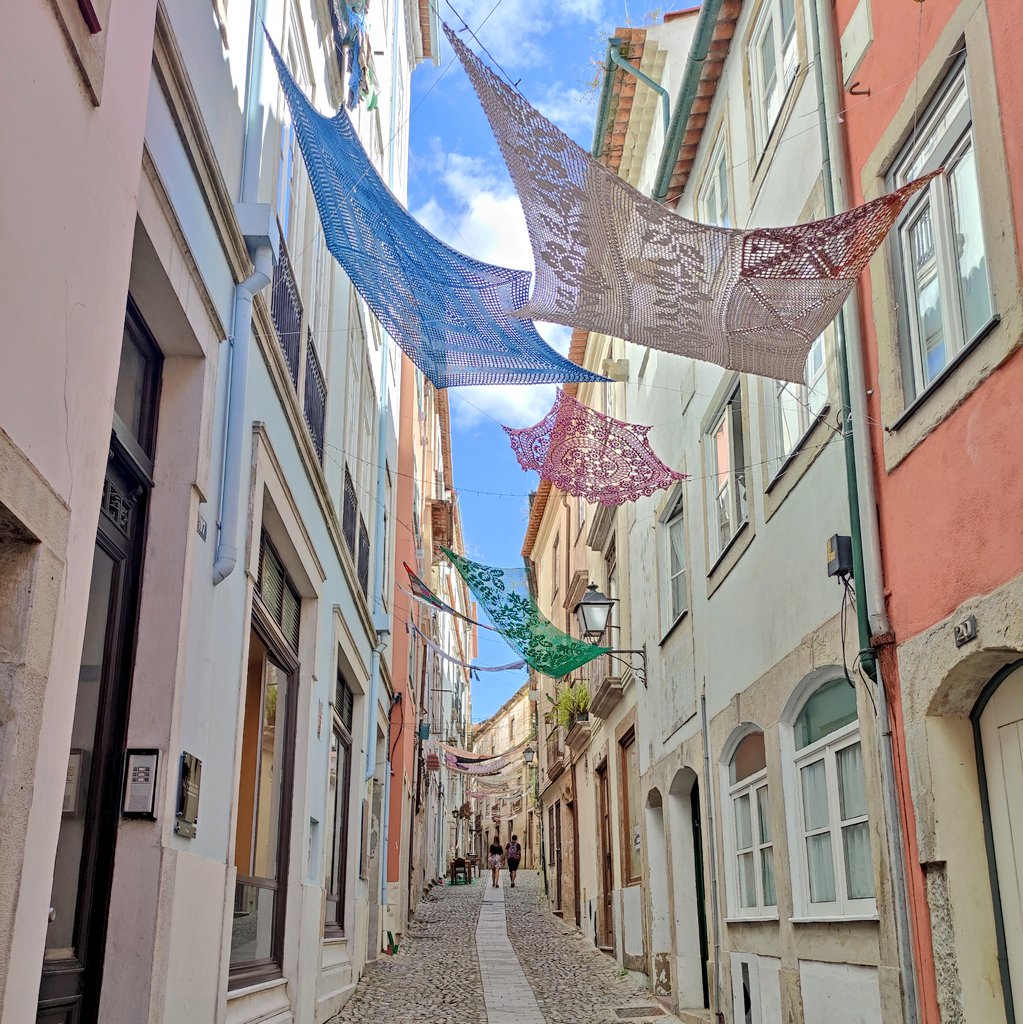
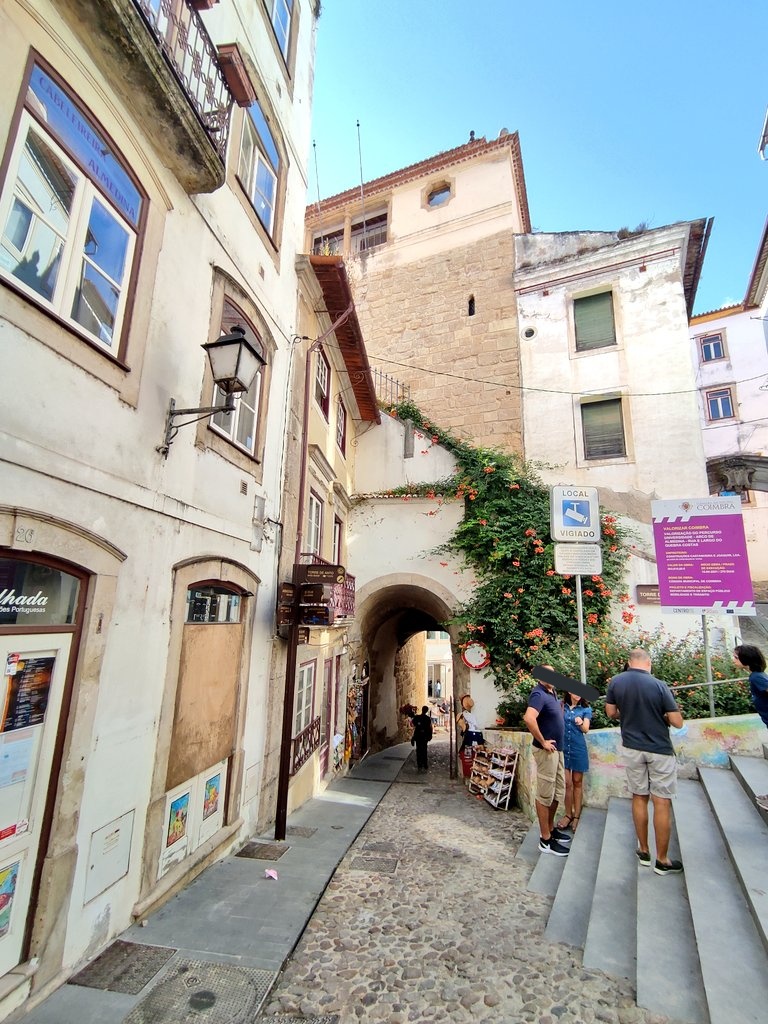
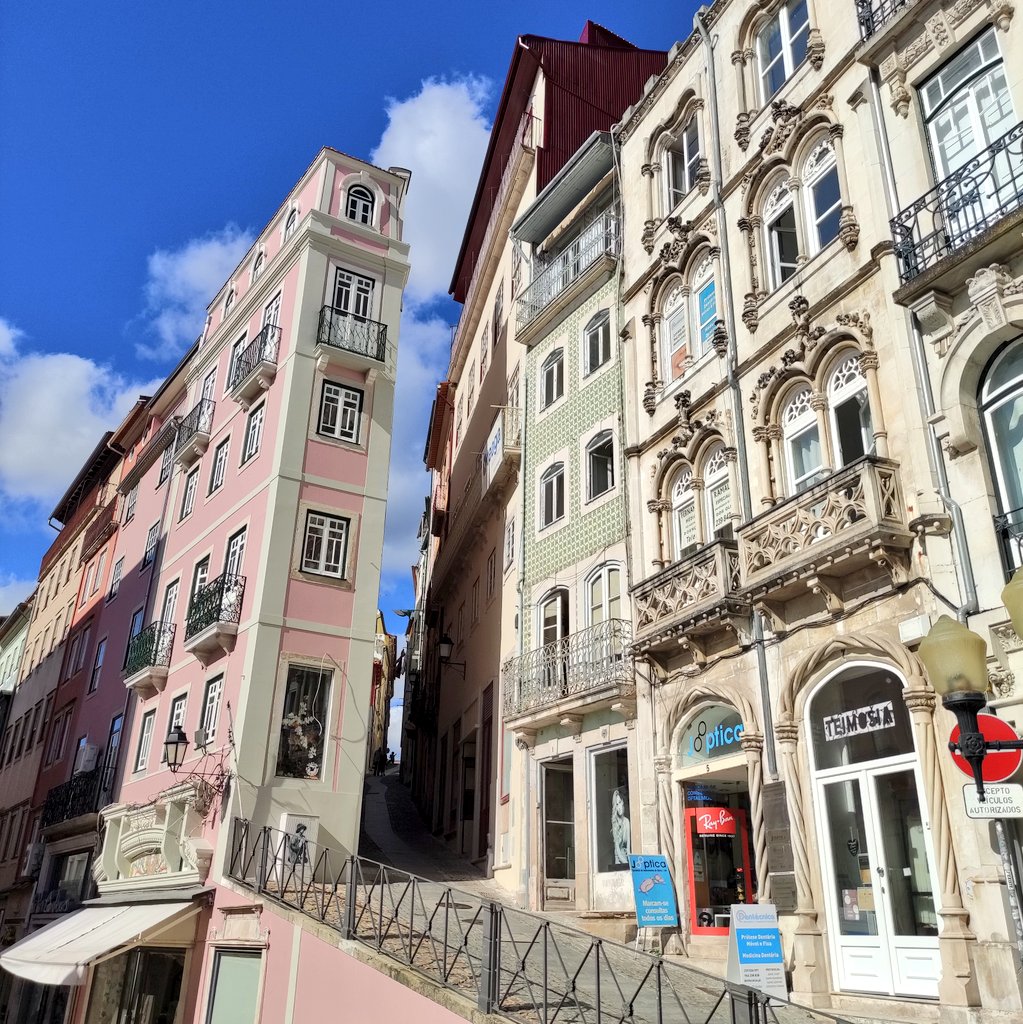
And since those were already quite a few tweets without any 🛤️ content...
Ladies and gentlemen, I present you Coimbra station. Opened in 1885, this beautiful provincial station is the end of the Ramal de Lousã line.
And, it is NOT the main station of the city 😄



Ladies and gentlemen, I present you Coimbra station. Opened in 1885, this beautiful provincial station is the end of the Ramal de Lousã line.
And, it is NOT the main station of the city 😄
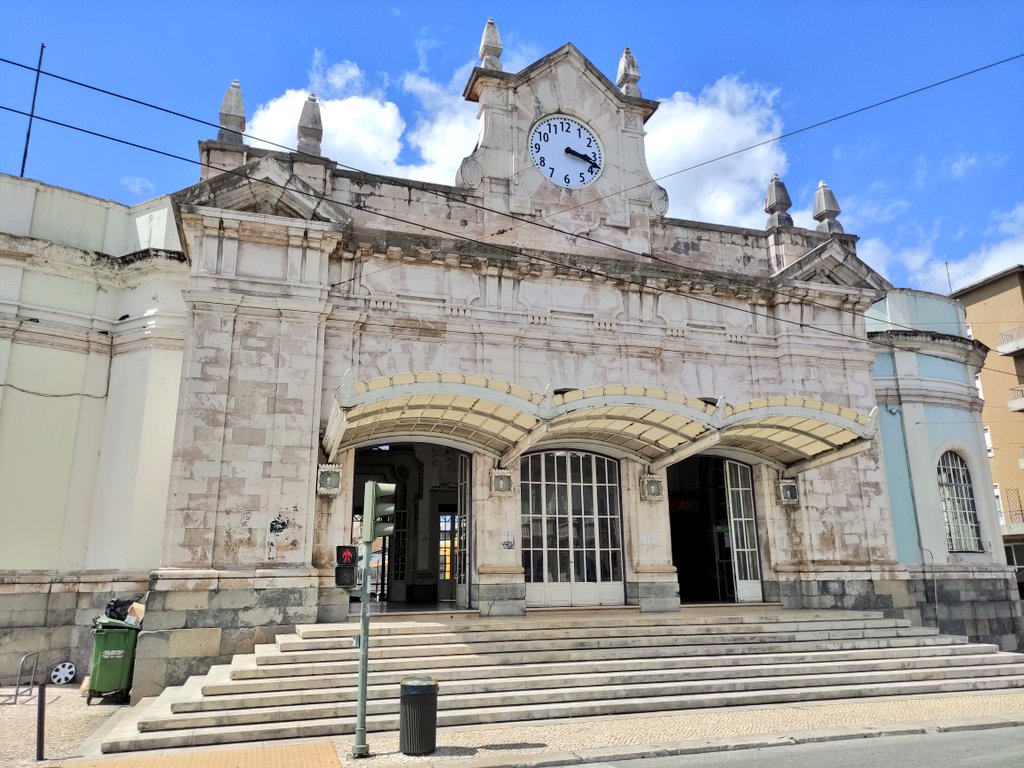
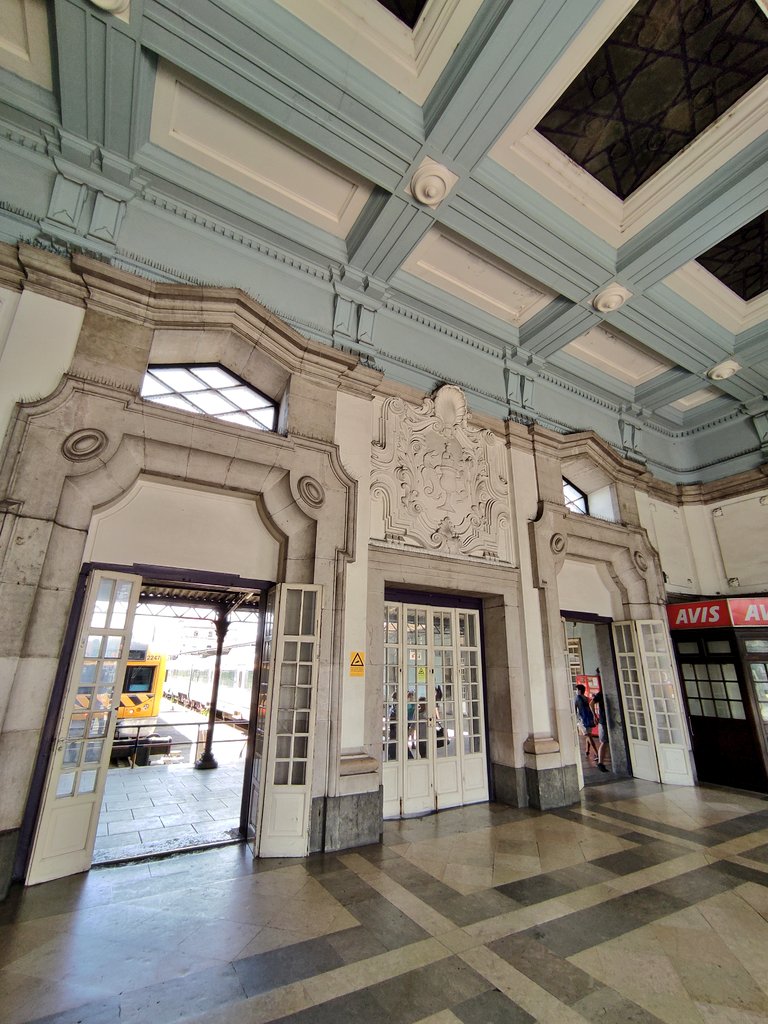
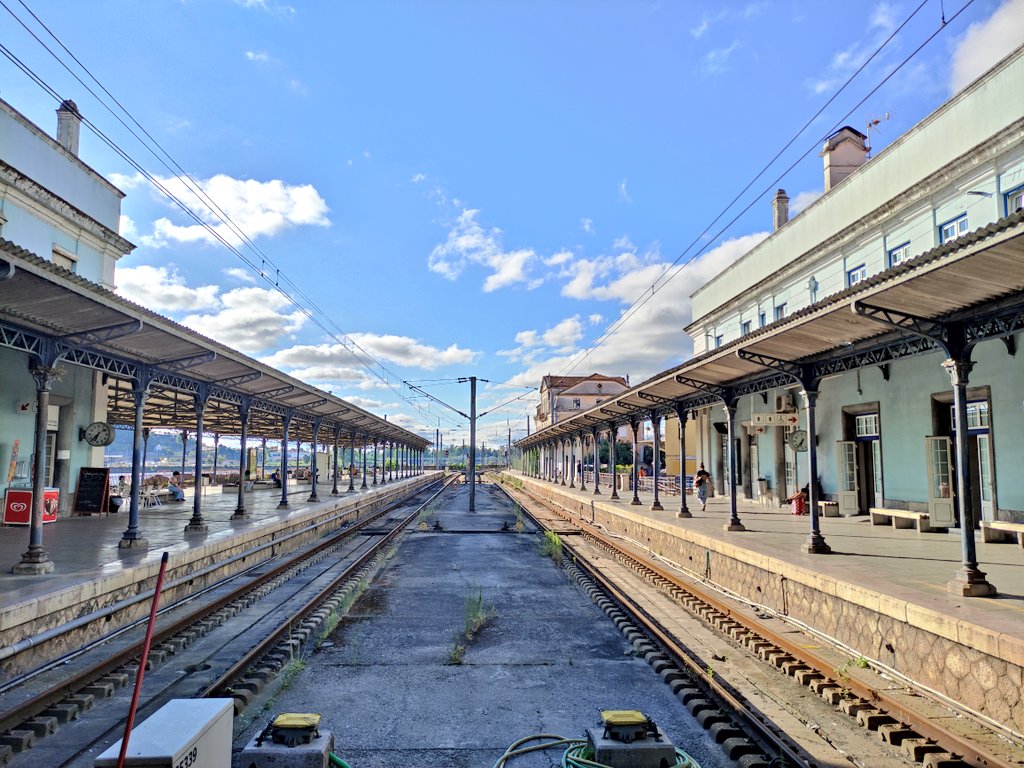
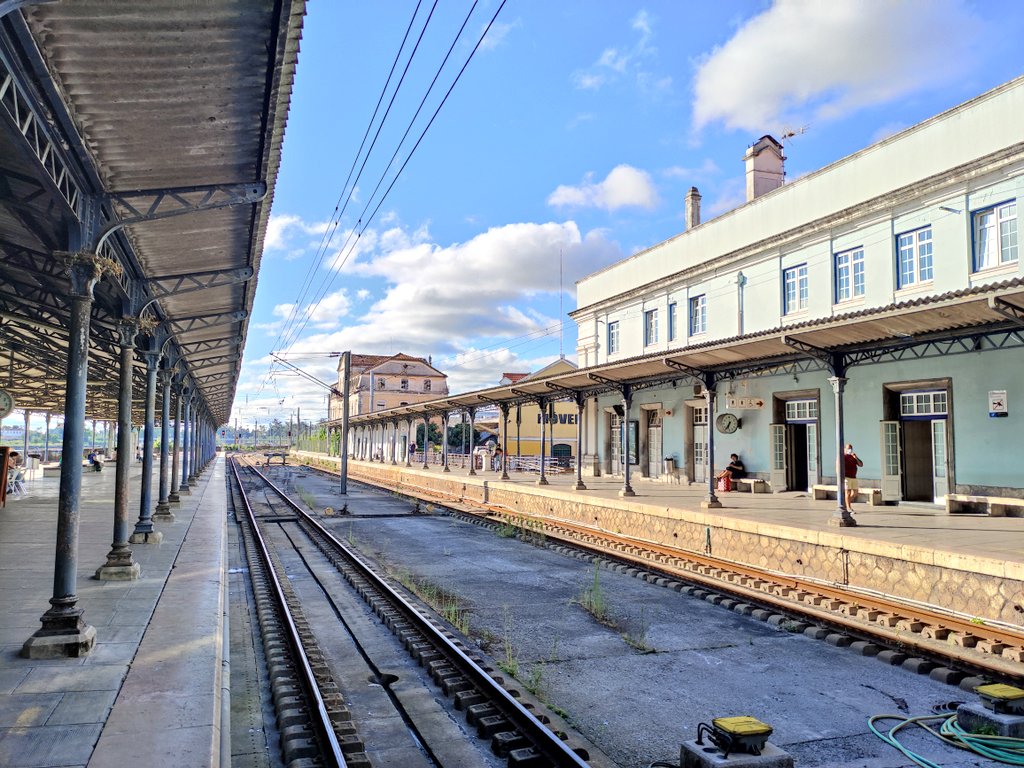
Bahnzeit in Coimbra-A
Indeed, this station is known as Coimbra-A, Coimbra-Cidade, or Estação Nova (new station).
Even if directly next to the city centre, it is only served by regional trains. Long distance trains stop 2 kms away, as the mainline bypassed the centre of Coimbra.
Indeed, this station is known as Coimbra-A, Coimbra-Cidade, or Estação Nova (new station).
Even if directly next to the city centre, it is only served by regional trains. Long distance trains stop 2 kms away, as the mainline bypassed the centre of Coimbra.
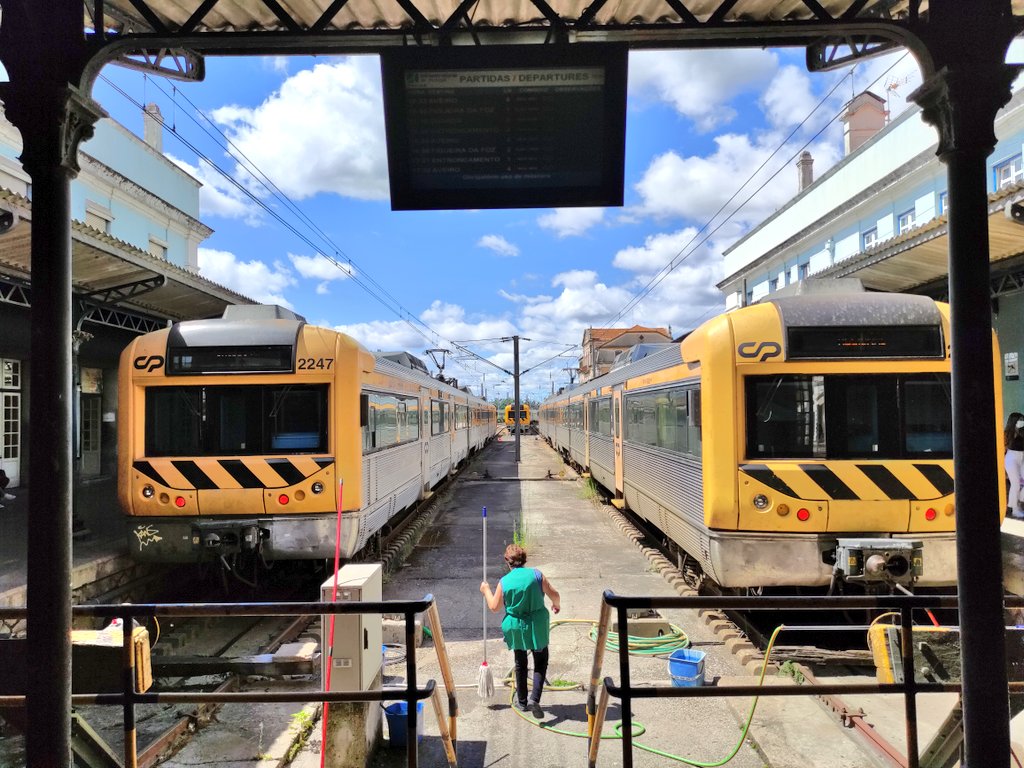
Bahnzeit in Coimbra-B
After a short ride on the yellow regional train, we find ourselves at Coimbra-B station, the older station that opened in 1864, the actual main station of the city
Located on the Portuguese mainline, the Lisboa-Porto "Linha do Norte", all trains stop here



After a short ride on the yellow regional train, we find ourselves at Coimbra-B station, the older station that opened in 1864, the actual main station of the city
Located on the Portuguese mainline, the Lisboa-Porto "Linha do Norte", all trains stop here
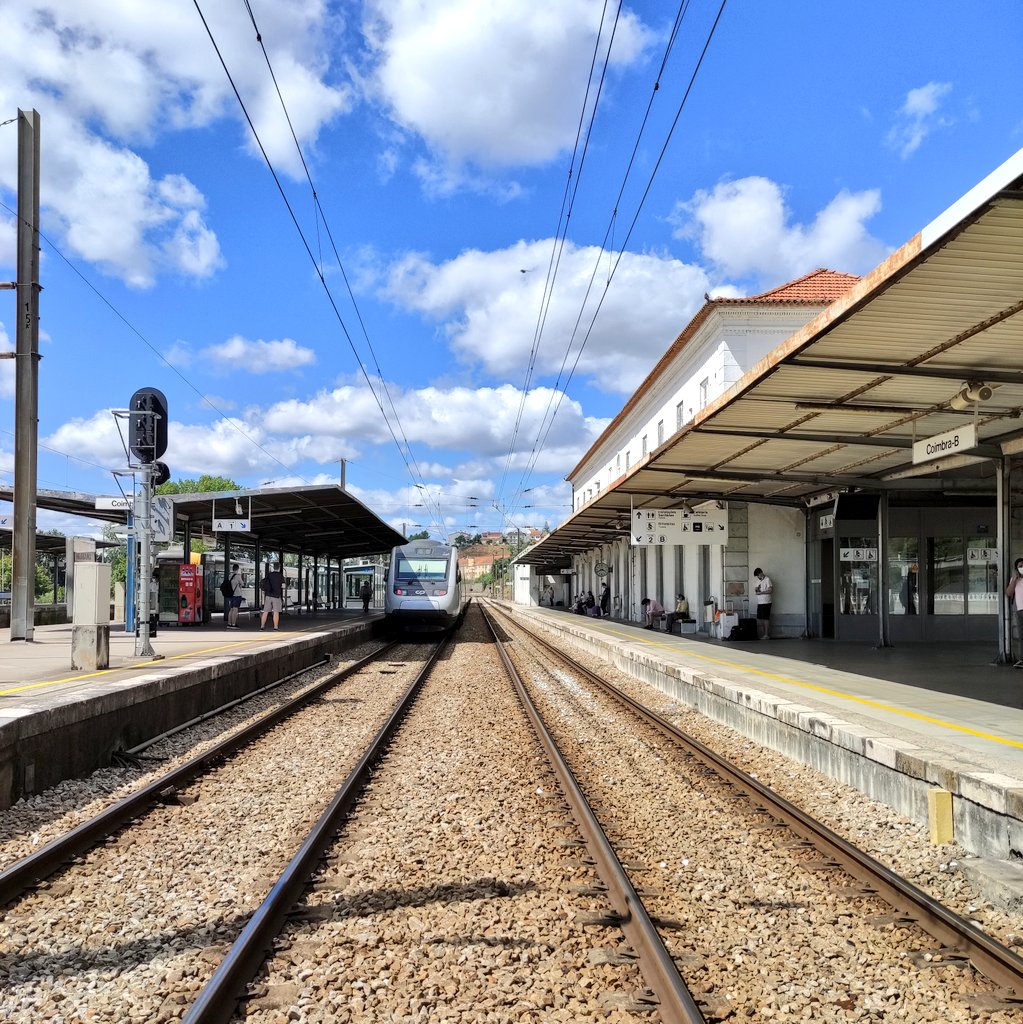
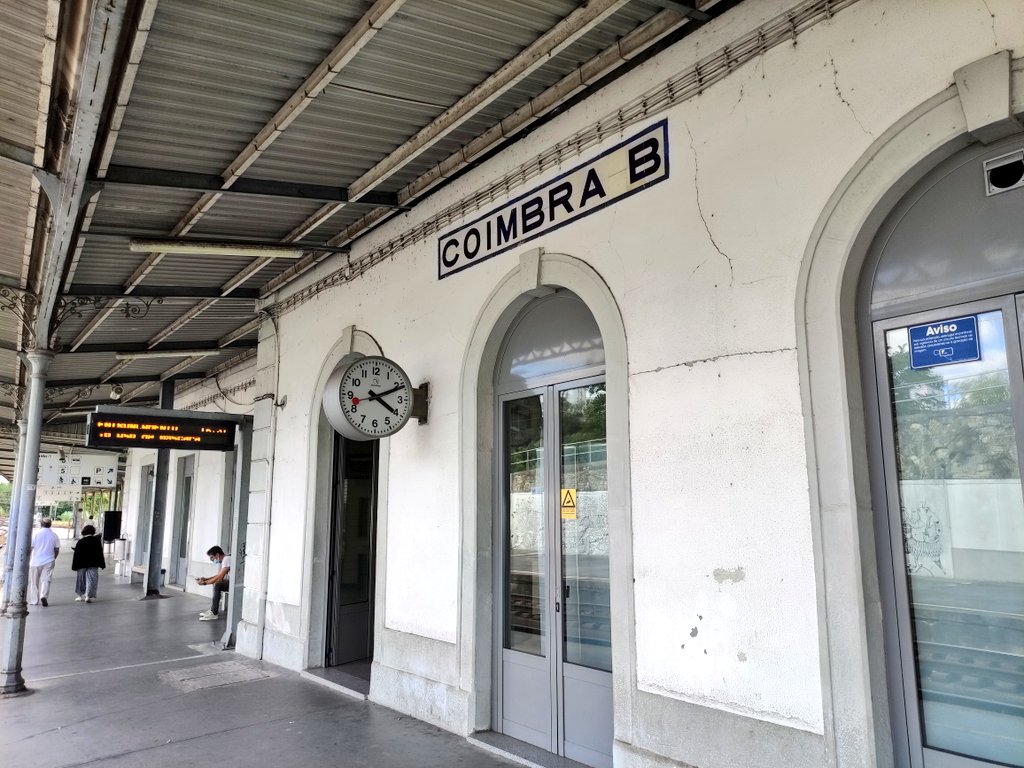


The Alfa Pendular, the shiny tilting train, the flagship of Comboios de Portugal, making a stop in Coimbra-B.
After stopping here, it will continue its route from Porto to Lisboa.


After stopping here, it will continue its route from Porto to Lisboa.
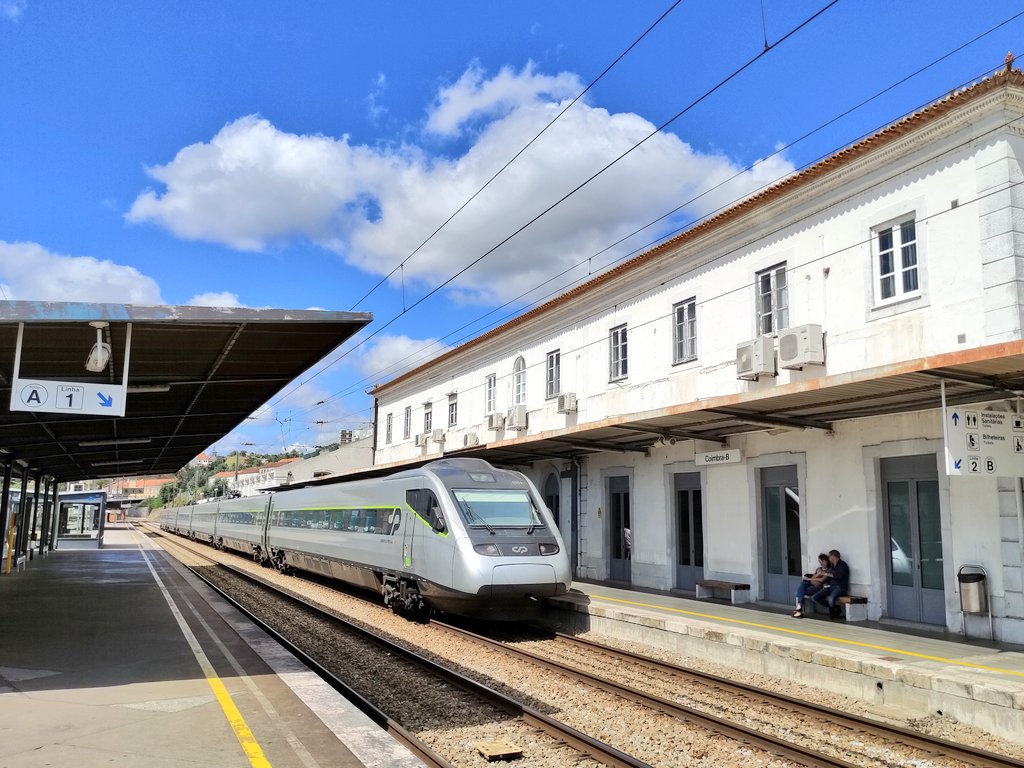
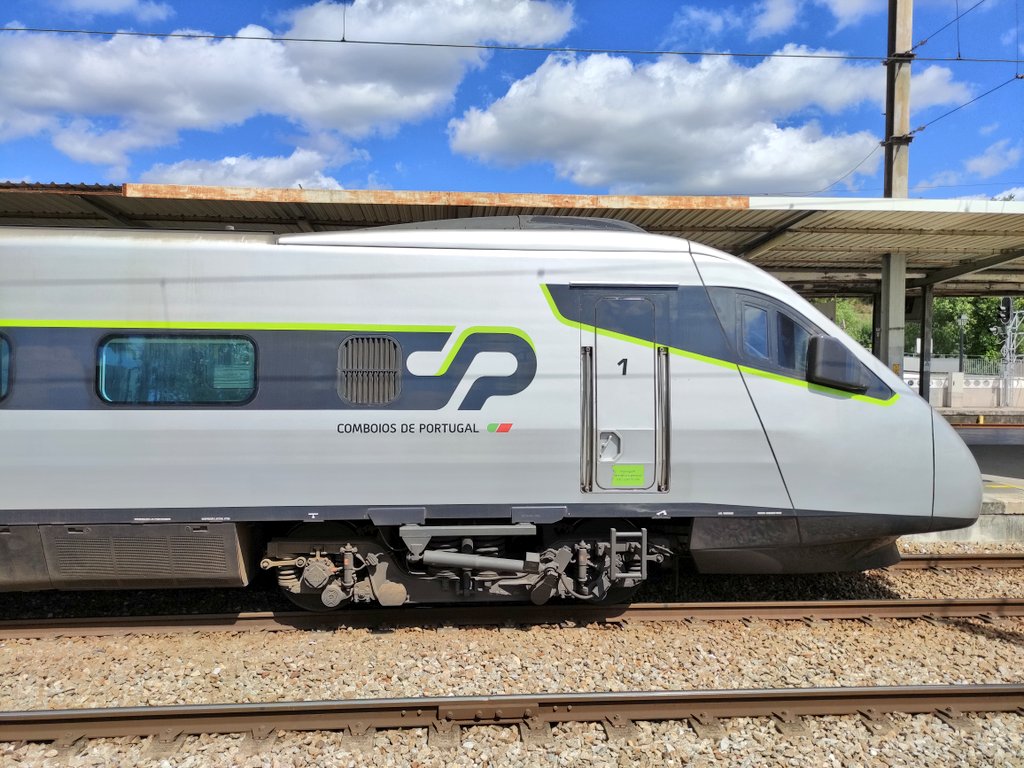

One of the particularities of Coimbra-B is that, considering that it's the main station of the 4th city of Portugal, it does not have any under- or overpasses.
Passengers cross tracks at grade, with the only security provided by some noisy traffic lights 🔔🚦
Retro, for sure…
Passengers cross tracks at grade, with the only security provided by some noisy traffic lights 🔔🚦
Retro, for sure…
It was our 4th day in Portugal, and we were still fascinated to keep seeing these loco-hauled InterCidades.
"Proper trains" in the Iberian peninsula? In Portugal, obviously.
"Proper trains" in the Iberian peninsula? In Portugal, obviously.
📸🚞 Comboios de Portugal train on a Porto Campanhã <> Lisboa Santa Apolónia InterCidades service.
Most (if not all) of the InterCidades trains are operated with retro-looking #Corail inox coaches and a 5600 series loco.



Most (if not all) of the InterCidades trains are operated with retro-looking #Corail inox coaches and a 5600 series loco.




🎥🚞 Departure of the CP 🇵🇹 InterCidades from Coimbra-B, on its way to Lisboa Santa Apolónia.
Pure beauty on rails.
Pure beauty on rails.
Back on the centre, surrounded by buildings which certainly had days of glory.
Also, note the tracks on the middle of the road. These are the leftovers of the Ramal de Lousã line, closed in 2009. A "metro" was planned but the crisis ended the project.
Bonus points, a retro bus!



Also, note the tracks on the middle of the road. These are the leftovers of the Ramal de Lousã line, closed in 2009. A "metro" was planned but the crisis ended the project.
Bonus points, a retro bus!



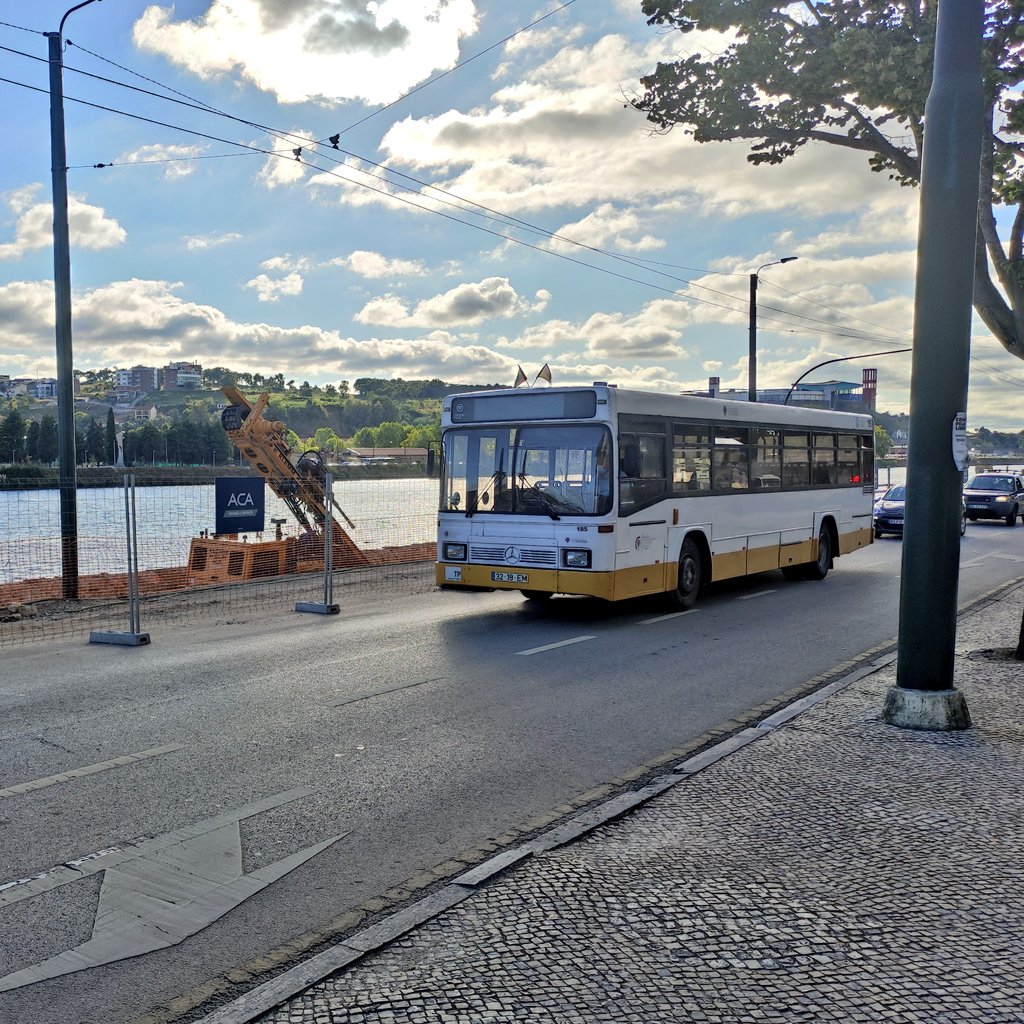
Crossing the Santa Clara bridge across the Mondego river, for some excellent views of the Coimbra old town on top o of the hill. 



As the sun sets, the colours of the twilight make the Coimbra look golden.
What a wonderful way to end a day of sightseeing and exploring a new city.
#Porturail 🇵🇹
What a wonderful way to end a day of sightseeing and exploring a new city.
#Porturail 🇵🇹

Coimbra was such an interesting place. An unexpected combination. Even though we're as West as one can get in Europe… the trolleybuses, the imposing architecture of the university, the named A & B stations, the worn down buildings… it just feels to me as if I had traveled East. 

• • •
Missing some Tweet in this thread? You can try to
force a refresh




















